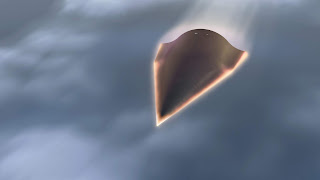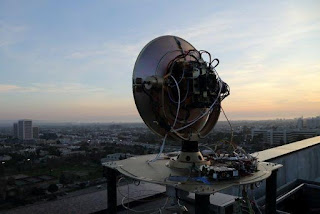Star Wars: USAF Jumpstarts Hypersonics

2 New Hypersonic Weapons Plans Artist Concept of USAF Hypersonic Vehicle Star Wars As the photo shows, the USAF hypersonic system looks like Star Wars revisited. The US Airforce is jumpstarting 2, new hypersonic weapons programs. A compelling reason: intense competitive pressure from Russia and China which have aggressive hypersonic programs of their own. Space Wars The USAF has awarded Lockheed Martin 2 contracts for hypersonic weapons in the past few months worth $1.4 billion. The most recent, last week, is a $480 million contract to design the Air Launched Rapid Response Weapon (ARRW). Some call it the most dangerous space weapon ever. Hyper-Speeds Hypersonic weapon systems travel far faster than the speed of sound. They do Mach 5 plus or 3,806 mph. And a key differentiator is that they're highly maneuverable. Right now, the US has no defense system capable of taking them down because of their hyper speeds and maneuverability. That's why this research is













